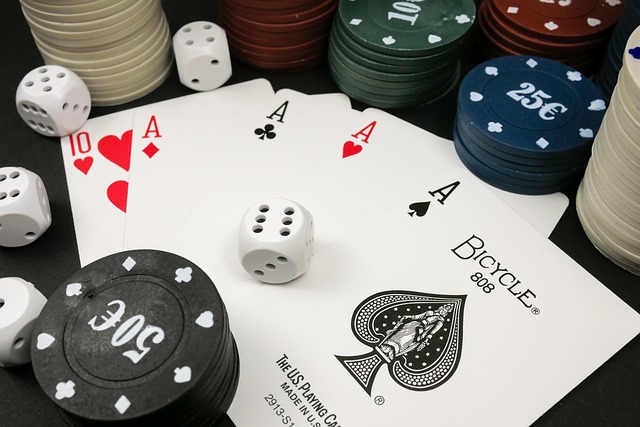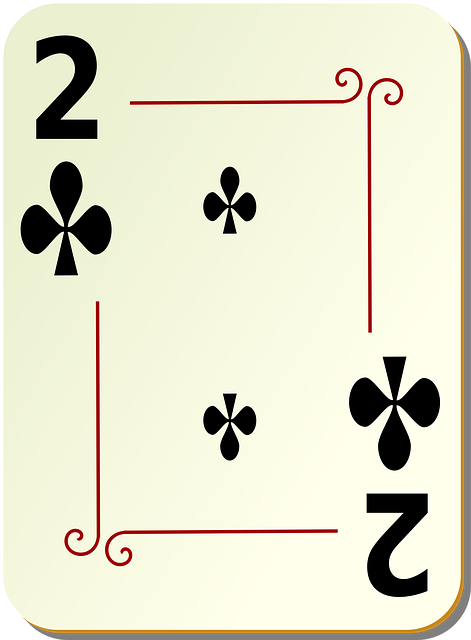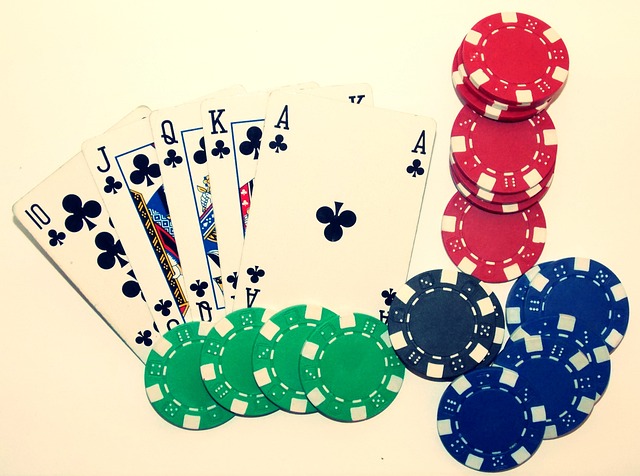Entering a Poker Room requires understanding and adhering to unique etiquette rules for a positive experience. Players should respect time, maintain calmness, follow hand signals, and use clear remarks to ensure a harmonious atmosphere. Proper table manners, card placement, and respectful communication foster professionalism and fairness, benefiting all players in the Poker Rooms.
Navigating poker rooms requires a blend of strategic skill and respect for established rules and etiquette. This comprehensive guide delves into the intricate web of do’s and don’ts that define successful gameplay in these dynamic environments. From understanding basic etiquette, deciphering variant-specific rules for games like Texas Hold’em and Omaha, to mastering betting structures and house policies, every aspect is explored. By adhering to these guidelines, players can enhance their experience and performance across various poker rooms.
- Understanding Basic Poker Room Etiquette
- – Definition of etiquette in poker rooms
- – Hand signals and communication norms
Understanding Basic Poker Room Etiquette

Entering a poker room, whether online or in a physical casino, requires an understanding of basic etiquette to ensure a smooth and enjoyable experience for everyone. Before sitting down at a table, players should familiarize themselves with the specific rules and norms unique to each Poker Rooms. This includes respecting other players’ time by being punctual and ready to play when the game begins.
During gameplay, maintaining a calm and respectful demeanor is crucial. Players should avoid verbal abuse or any form of aggressive behavior towards others at the table. It’s also important to remember to fold hands instead of interrupting the flow with weak or non-competitive cards. This keeps the game moving smoothly, allowing for more hands per hour, which benefits everyone in the long run.
– Definition of etiquette in poker rooms

In the vibrant world of Poker Rooms, etiquette plays a crucial role in fostering a respectful and enjoyable environment for all players. It’s a symphony of behaviors that ensure fairness, maintain focus, and enhance the overall gaming experience. Good poker room etiquette involves simple yet effective practices like observing proper table manners, being mindful of card placement, and respecting other players’ turns.
Players should remember to stay quiet when others are dealing or discussing hands, avoid revealing information accidentally (known as “loud thinking”), and maintain a calm demeanor. These subtle gestures create a labyrinthine network of respect and professionalism, allowing everyone to navigate the game’s intricacies without distraction or embarrassment.
– Hand signals and communication norms

In poker rooms, effective communication is key, but players must adhere to specific hand signals and norms to maintain a fair and respectful environment. Hand signals are an essential part of the game, allowing players to act quickly without verbal communication. Common signals include indicating a check (no bet) with a nod or shaking head, calling with a subtle tap on the table, and raising by stacking chips or using a specific hand gesture. It’s crucial to establish these signals beforehand to avoid confusion during intense gameplay.
Poker Rooms often have strict rules regarding verbal communication. Players should refrain from loud conversations or disruptive behavior. Instead, simple and concise remarks like “I fold” or “All-in” are preferred. Effective non-verbal cues not only speed up the game but also foster a competitive yet respectful atmosphere, ensuring all players have an enjoyable experience in the Poker Room.
In navigating any poker room, adhering to basic etiquette is paramount. From utilizing hand signals for clear communication to respecting others’ turns at the table, these norms foster a fair and enjoyable gaming experience. By understanding and practicing proper poker room etiquette, players can enhance their interactions, improve focus, and ultimately elevate their overall poker prowess within these vibrant environments.






